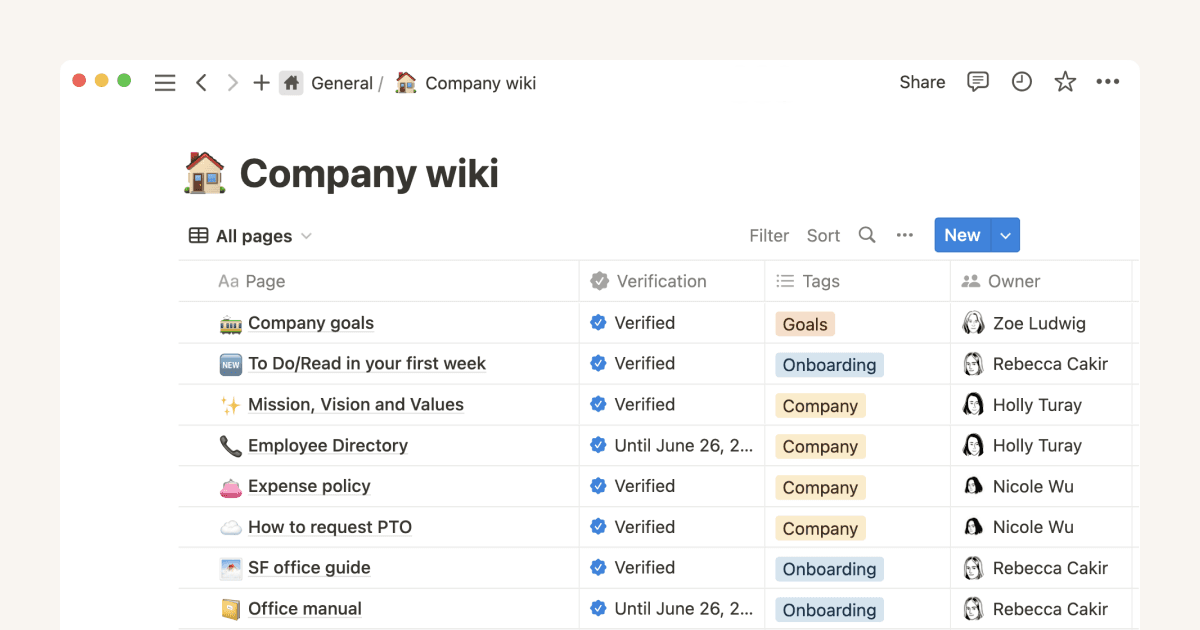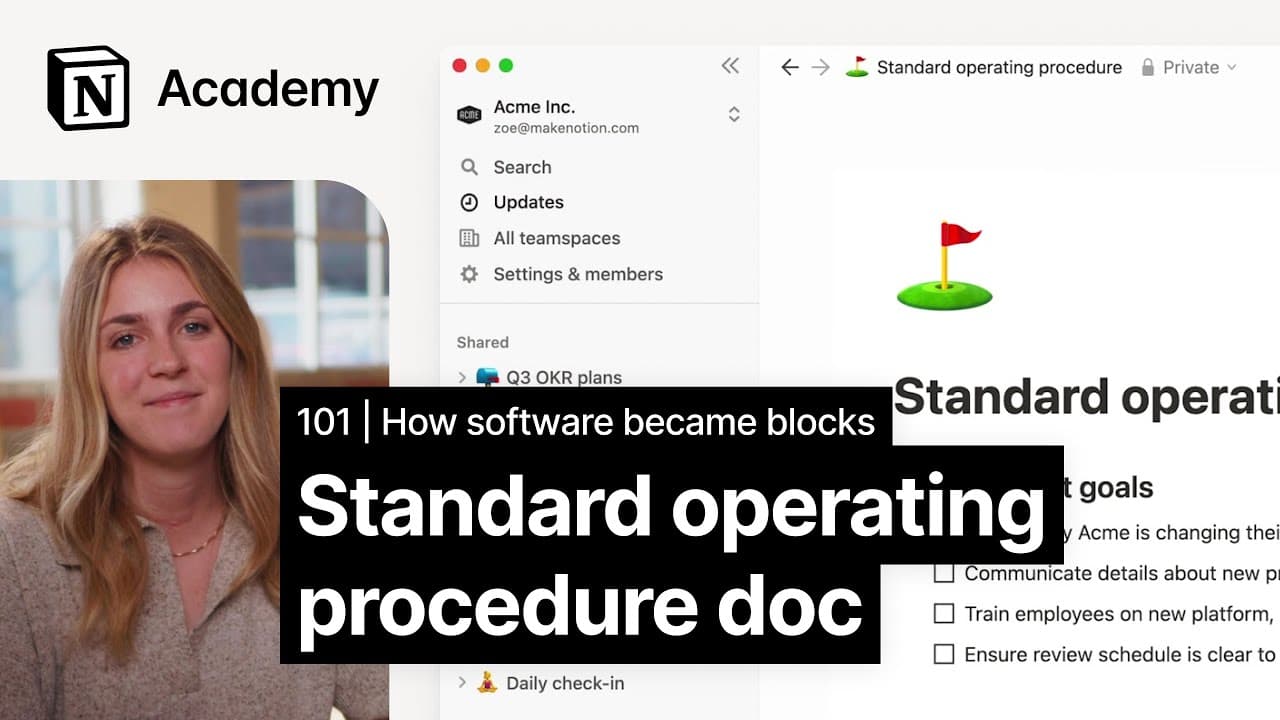UX Researcher SOPs

About this template
This template contains a comprehensive set of Standard Operating Procedures (SOPs) for UX Researchers, covering a wide range of essential tasks and methodologies. It begins with conducting user interviews, emphasizing the importance of defining research objectives, developing interview guides, recruiting participants, and synthesizing findings. The document then progresses to creating user personas, detailing how to gather data, identify user segments, define key persona components, and validate personas with stakeholders.
Further, the template outlines the steps for conducting usability testing, including defining test objectives, choosing testing methods, recruiting participants, and analyzing results. It also covers synthesizing and presenting UX research findings, focusing on organizing data, identifying patterns, prioritizing findings, and translating insights into actionable recommendations. Additionally, the document provides guidance on writing effective UX research reports, emphasizing clear structure, engaging visuals, and actionable recommendations.
Moreover, the SOPs include procedures for recruiting and managing UX research participants, ensuring informed consent, scheduling sessions, and maintaining a participant database. It also details how to conduct surveys for UX research, covering survey design, distribution, data analysis, and reporting. The template further addresses creating and maintaining a UX research repository, emphasizing organization, tagging, and cross-team collaboration.
Furthermore, the document provides steps for conducting competitive UX research, focusing on defining research goals, selecting competitors, evaluating UX criteria, and benchmarking metrics. Finally, it outlines how to collaborate with designers, developers, and product teams on UX research findings, ensuring that insights lead to actionable product improvements. This includes involving stakeholders early, presenting findings effectively, translating insights into changes, and advocating for user-centered decision-making.
In essence, this document serves as a valuable resource for UX researchers, providing a structured framework for conducting various research activities and ensuring that findings are effectively communicated and implemented to enhance the user experience. It aims to standardize processes, improve collaboration, and foster a culture of user-centered design within product teams.













